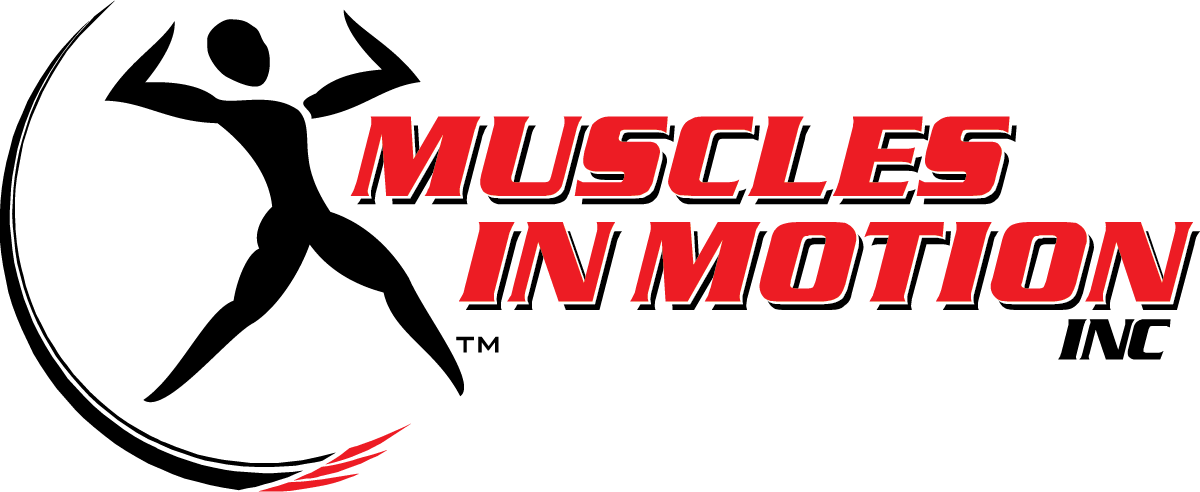Muscle Soreness
Delayed onset muscle soreness (DOMS) is a phenomenon in which muscle pain or stiffness develops a day or two after exercise. While it is most common in people who have just started exercising, it can happen to anyone who has increased the duration or intensity of a workout routine.
DOMS is considered a normal response to unusual exertion and is part of an adaptation process by which the muscles recover as they undergo hypertrophy (an increase in muscle size).
DOMS is not the same thing as muscle pain experienced during exercise or one caused by an injury such as a strain or sprain. Rather, it is related to increased stress in muscle fibers as you exert them excessively. This can also occur if you engage in movements your muscles are not accustomed to, such as new exercise.
Eccentric muscle contractions, in which muscle contracts as it lengthens, are the type most associated with DOMS. Examples of this include lowering weights, doing deep squats, and lowering yourself during push-ups.
There is no one, simple way to treat delayed onset muscle soreness. While gentle stretching, vibration therapy, and even ice-water immersion have all been suggested as reasonable options, most studies have been contradictory as to whether these actually work or not.
In the end, personal experience will dictate which works best for you as an individual. Some of the methods commonly used include:
- Recovery Nutrition by taking in proper nutrition, you can help your body to recover from the stress of your workout, which may decease overall soreness.
- Massage Therapy is believed to increase blood flow to the muscles and may lessen the severity of stiffness.
- Foam Rolling after intense bouts of exercise, many individuals use foam rolling to aid in recovery from muscular fatigue and soreness.
Please note: As long as you’re increasing in weight/reps overtime with your exercises, then muscle growth will occur regardless of if muscle soreness takes place or not.
